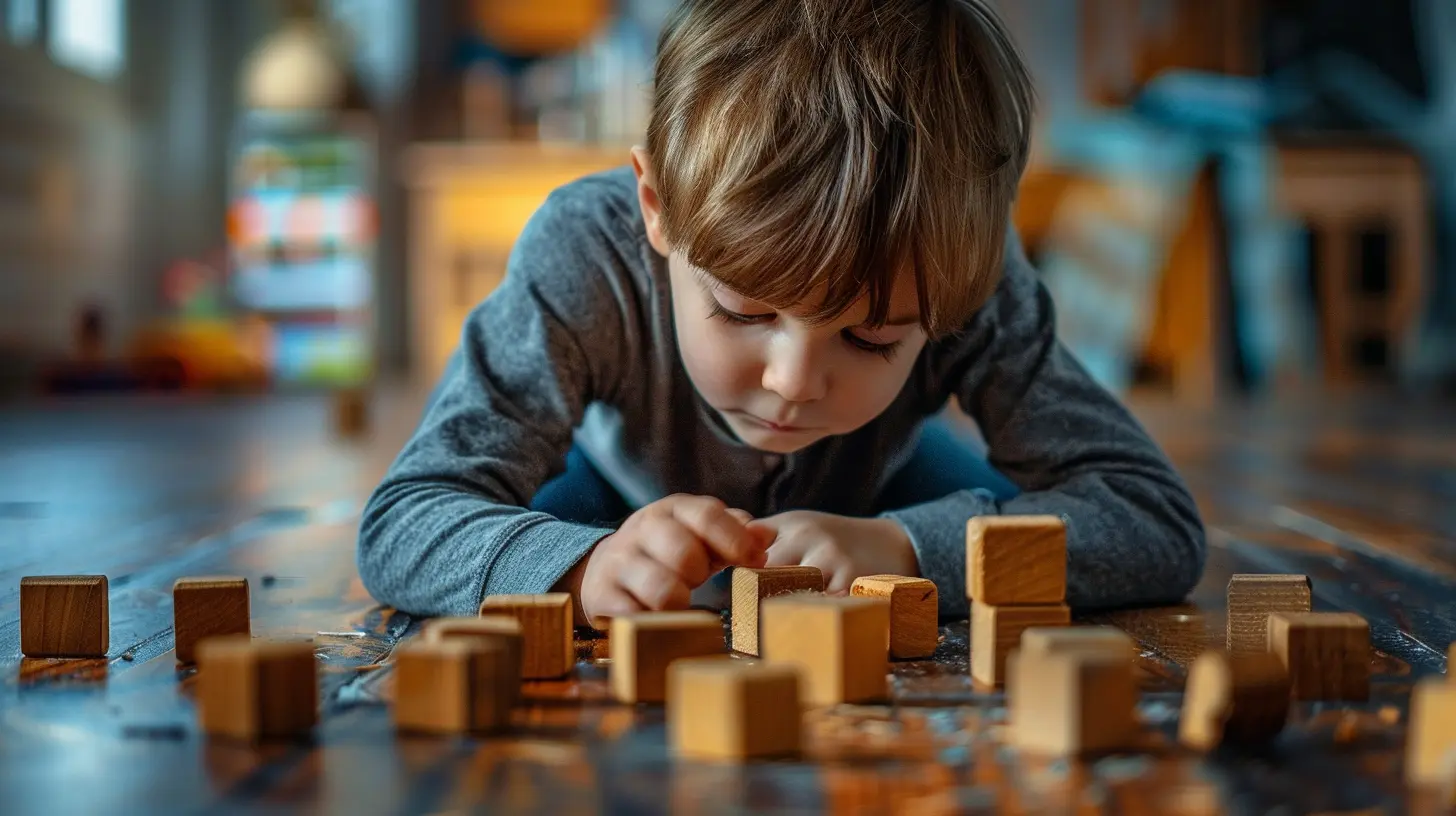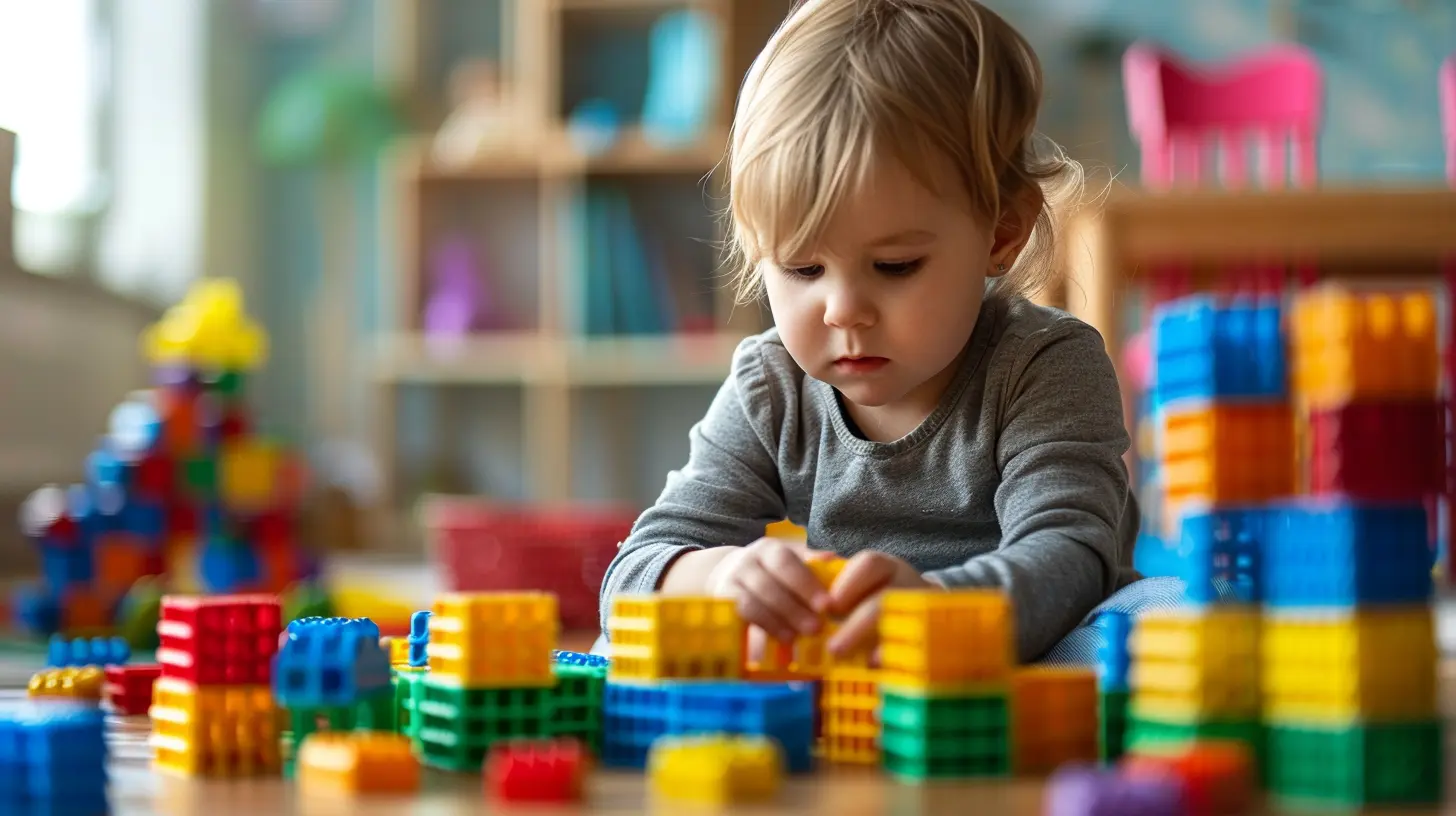Setting Realistic Expectations for Your Child’s Developmental Pace
23 September 2025
As parents, it’s natural to dream big for our kids. We imagine them walking before their first birthday, reading chapter books by kindergarten, or becoming mini-mozarts by age five. But here’s the thing—every child develops at their own pace. And that’s not just okay, it’s completely normal.
Trying to fit your little one into a "one-size-fits-all" timeline can actually do more harm than good. In this article, we’re going to unpack what realistic expectations really mean, why they matter, and how you can support your child in becoming their best self, not someone else’s idea of what they “should” be.
Let’s dive in.
What Does “Developmental Pace” Really Mean?
Developmental pace is just a fancy way of saying how fast (or slow) a child reaches certain milestones—walking, talking, socializing, problem-solving—you name it. And while there are “average ages” when kids typically reach these stages, the range is wide. Like, really wide.Think of it like baking cookies. Some batches need a little more time in the oven, but that doesn’t mean they’re any less delicious. 🍪
Why Setting Realistic Expectations Matters
When we expect too much too soon, we’re not just setting our kids up for stress—we’re doing the same to ourselves. Unrealistic benchmarks can lead to unnecessary comparison, anxiety, and frustration.But when we align our expectations with our child’s unique pace?
- We lower pressure.
- We build confidence.
- We model patience and understanding.
And let’s face it—parenting’s already hard enough without constantly worrying if your child is “behind.”
Every Child Is Unique—Seriously
It’s easy to forget this when social media is flooded with highlight reels. You see toddlers spelling their names backward or playing Mozart on the piano, and suddenly you panic because your three-year-old is still scribbling stick figures. But children bloom in different seasons.Your neighbor’s early reader might struggle with sharing. Your niece who aced potty training might not say full sentences yet. It’s all part of the mix.
The truth? There’s no race. And if there was, the finish line would be made up. 😄
The Dangers of Comparison
Comparison is the thief of joy—especially when it comes to parenting. When we compare our child’s progress to others, we’re not only doing ourselves a disservice, we’re sending silent signals to our kids that they’re only worthy when they “catch up.”Instead of asking, “Why isn’t my child doing that yet?”, ask:
- What IS my child doing well?
- How can I encourage that?
- Where might they need more support?
Celebrate the now, not just the “next.”
Setting Realistic Expectations by Age Group
Okay, so what does realism actually look like? Here’s a basic idea (but remember, this is a guide—not gospel).Infants (0–12 Months)
You're going to see rapid changes during infancy. But pace varies a lot.Typical milestones:
- Rolling over (4–6 months)
- Sitting unassisted (6–9 months)
- Crawling (7–10 months)
- First words (by age 1)
What to focus on: Bonding. Eye contact. Responding to sounds. Don't worry if your baby isn’t crawling exactly when your friend’s is. Some skip it altogether and go straight to walking!
Toddlers (1–3 Years)
This is the “watch me do everything myself” phase. Expect energy, tantrums, and lots of learning.Key developments:
- Walking steadily
- Saying a handful of words, growing vocabulary quickly
- Learning to feed themselves
What to watch for: Not how articulate they are, but how they try to communicate. The effort is just as important as the outcome.
Preschoolers (3–5 Years)
Welcome to the world of imagination!Look for:
- More complex speech
- Developing fine motor skills (cutting, drawing)
- Learning to play with others
Keep in mind: Social skills come at different speeds. Some kids are natural leaders, while others prefer quiet play. Both are valid.
School-Age (6–12 Years)
This is where academics, peer pressure, and independence start to play a role. It can be a tricky balance.Areas of growth:
- Reading and writing
- Managing emotions better
- Forming friendships
Be careful: Don’t let grades alone define your child’s success. Character, kindness, and resilience matter even more.
Teens (13–18 Years)
Hormones. Identity. Pressure. It's a lot.What’s developing:
- Critical thinking
- Emotional regulation (still a work in progress)
- Independence and self-identity
Your job: Maintain open communication, set boundaries, and give space—even if they roll their eyes at you.
Signs You May Be Expecting Too Much
Sometimes we don’t even realize our expectations are off. Here are a few red flags:- You feel frustrated or disappointed often
- You compare your child to others constantly
- You push for more, even when your child seems overwhelmed
- Your child shows signs of stress or withdrawal
If any of this hits home, don’t beat yourself up. Awareness is the first step to change.
How to Set Healthy, Realistic Expectations
Let’s get practical. Here’s how to support your child without the pressure cooker.1. Know the General Milestones—But Don't Obsess
Having a general idea of what’s typical helps. But remember, typical and average aren’t the same as required. Use milestones as gentle guideposts, not a checklist.2. Observe Without Judgment
Watch your child just be without needing to fix or label anything. Are they curious? Happy? Finding their own way? That’s growth.3. Focus on Progress, Not Perfection
Your child might not be a math whiz, but maybe they’ve started organizing their backpack without reminders. That’s progress too!4. Encourage Effort Over Outcomes
Praise the trying, not just the “winning.”- “I saw how hard you worked on that puzzle.”
- “You didn’t give up—even when it was tough.”
That’s gold right there.
5. Adapt As They Grow
What worked last year might not work now. Stay flexible and allow room for change. The goal isn’t to stick to one mold, but to evolve with your child.When to Seek Support
Sometimes, all the patience in the world isn’t a substitute for extra help. If your gut tells you something’s off, listen to it. Talk to your pediatrician, reach out to early intervention programs, or consult a child development specialist.Asking for help doesn’t mean you’ve failed—it means you care enough to advocate.
Celebrating Your Child’s Timeline
At the end of the day, your child’s journey is theirs—not yours, and definitely not society’s. When we give them the gift of unconditional support and patience, we help them build the confidence to grow in their own unique, beautiful way.Like gardening, parenting takes time. You don’t tug at the roots to make a flower bloom. You water, wait, and trust the process. 🌱
So keep showing up. Keep observing. Keep cheering.
Because you're doing just fine—and so is your child.
Final Thoughts: Trust the Process
Setting realistic expectations isn’t about aiming low—it’s about meeting your child where they are, not where we think they should be. When we do that, we open doors to a stronger connection, healthier self-esteem, and a happier home.Remember: Your child is not a project to “complete.” They’re a person to grow with.
Take a deep breath. You’ve got this.
all images in this post were generated using AI tools
Category:
Child DevelopmentAuthor:

Kelly Snow
Discussion
rate this article
1 comments
Vex McConnell
Embrace individuality; every child learns differently.
September 30, 2025 at 3:01 AM

Kelly Snow
Absolutely! Recognizing each child's unique learning style is essential in fostering their growth and setting realistic expectations.


